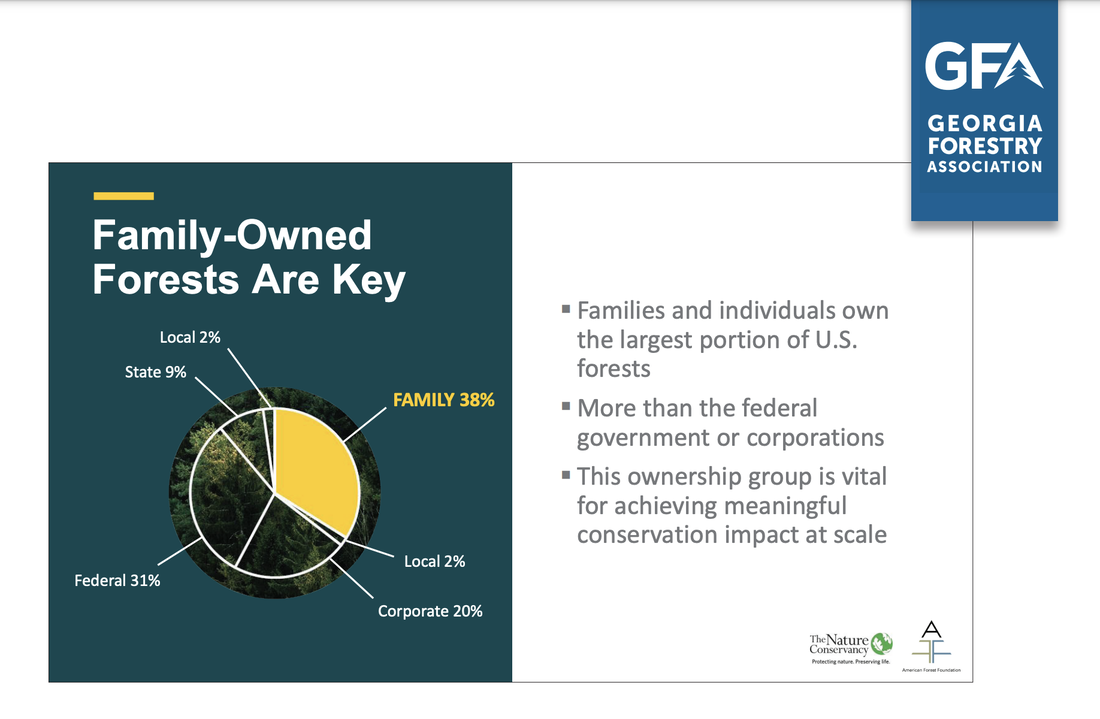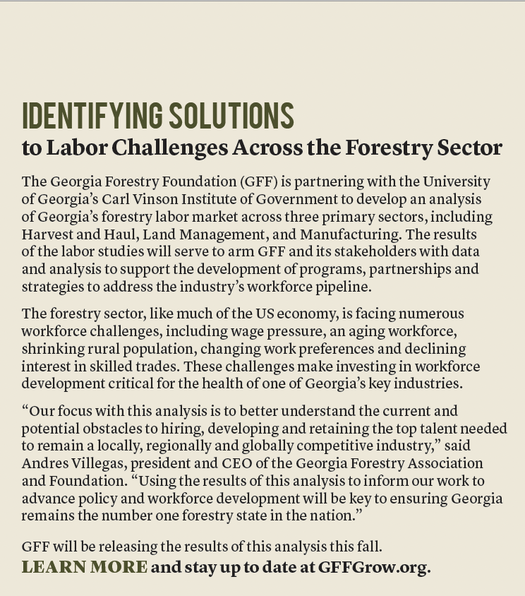Georgia’s Looming Labor Crisis
Shortage of Trucks, Drivers Set to Take a Toll
By Martel Sharpe
By Martel Sharpe
Summer 2022


|
Georgia Forestry Magazine is published by HL Strategy, an integrated marketing and communications firm focused on our nation's biggest challenges and opportunities. Learn more at hlstrategy.com
|
